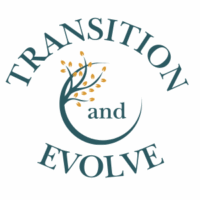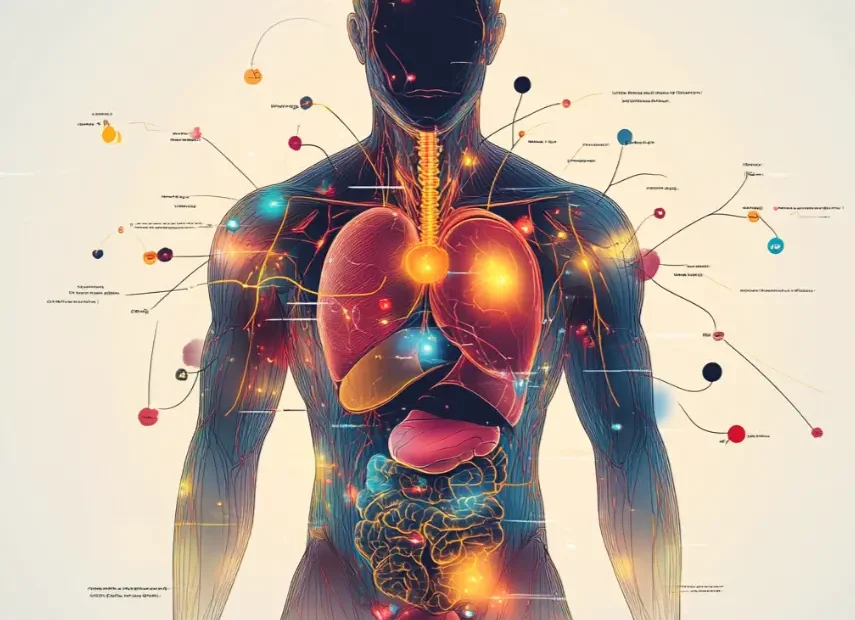Emotions are not just abstract experiences of the mind—they are deeply intertwined with our physical bodies. Every emotion we feel has a physiological impact, shaping the way we move, breathe, and even how we heal. Many ancient healing traditions, including Traditional Chinese Medicine (TCM) and Ayurveda, have long recognized that emotions are stored in specific areas of the body. Now, modern neuroscience and somatic therapy are beginning to validate these age-old understandings.
But where exactly are emotions stored in the body, and what does that mean for our health and well-being? Let’s explore this fascinating mind-body connection.
The Science of Emotions in the Body
When we experience emotions, our brain releases neurochemicals that affect our nervous system, muscles, and organs. This is why you may feel a pit in your stomach when anxious, tightness in your chest when heartbroken, or tension in your shoulders when stressed.
Unprocessed emotions, particularly those linked to trauma, don’t just disappear. Instead, they can get “trapped” in the body, influencing our physical health, energy levels, and overall well-being. Research in somatic psychology and trauma therapy suggests that stored emotions can lead to chronic pain, inflammation, and disease if not properly released.
Where Are Emotions Stored in the Body?
Each emotion has a corresponding physical location in the body where tension or discomfort often manifests. Understanding these connections can help us recognize emotional imbalances and take steps to heal holistically.
1. Fear & Anxiety – Stored in the Kidneys and Bladder
📍 Body Connection: Lower back, kidneys, bladder
🔍 Why? In Traditional Chinese Medicine (TCM), fear is associated with the water element and stored in the kidneys. This is why chronic fear and anxiety can lead to adrenal fatigue, frequent urination, or lower back pain.
💡 Healing Tip: Grounding exercises, deep belly breathing, and warm teas like chamomile or ginger can help calm the nervous system.
2. Anger & Resentment – Stored in the Liver and Gallbladder
📍 Body Connection: Liver, gallbladder, shoulders, neck tension
🔍 Why? The liver processes emotional energy, and unresolved anger or resentment can create heat and stagnation in the body, leading to tension headaches, high blood pressure, and digestive issues.
💡 Healing Tip: Movement-based release like boxing, vigorous exercise, or EFT tapping can help express and clear anger. Bitter greens (like dandelion) support liver detoxification.
3. Sadness & Grief – Stored in the Lungs
📍 Body Connection: Lungs, chest, breath restriction
🔍 Why? The lungs govern breath, and unprocessed grief can lead to shallow breathing, chest tightness, or respiratory issues. Many people who experience loss report feeling pressure in their chest.
💡 Healing Tip: Deep breathing exercises, singing, and emotional expression through writing or talking can help move grief through the body.
4. Guilt & Shame – Stored in the Stomach and Digestive System
📍 Body Connection: Stomach, intestines, gut microbiome
🔍 Why? Guilt and shame create a heavy feeling in the gut, often resulting in digestive issues like bloating, acid reflux, or irritable bowel syndrome (IBS).
💡 Healing Tip: Gentle self-compassion exercises, gut-healing foods (fermented foods, probiotics), and emotional release techniques can help ease digestive distress.
5. Stress & Overwhelm – Stored in the Shoulders and Neck
📍 Body Connection: Neck, shoulders, upper back
🔍 Why? Chronic stress activates the fight-or-flight response, causing us to unconsciously tense our shoulders and jaw. Over time, this leads to migraines, tension headaches, and poor posture.
💡 Healing Tip: Progressive muscle relaxation, stretching, and bodywork (massage, acupuncture) can release stored tension.
6. Trauma & Suppressed Emotions – Stored in the Hips and Pelvis
📍 Body Connection: Hips, pelvic floor, lower back
🔍 Why? The hips store deep emotional memory, especially unresolved trauma. Many people experience tightness in the hips without realizing it’s linked to stored fear or emotional suppression.
💡 Healing Tip: Yin yoga, hip-opening stretches, and trauma-informed breathwork can help release deep-seated emotions.
What Happens When Emotions Stay Stuck in the Body?
Unprocessed emotions can lead to:
❌ Chronic pain & tension (especially in the shoulders, back, or jaw)
❌ Digestive issues (gut imbalances linked to stress and emotional suppression)
❌ Weakened immune function (ongoing stress impacts overall resilience)
❌ Mental health struggles (anxiety, depression, emotional numbness)
By learning how to recognize, feel, and release emotions, we can prevent these issues and move toward emotional and physical balance.
How to Release Stored Emotions in the Body
💡 Top 5 Methods to Process & Heal Emotions:
✅ 1. Breathwork & Meditation – Conscious deep breathing regulates the nervous system and helps release tension.
✅ 2. Movement & Somatic Therapy – Yoga, shaking, or dancing help process emotions through the body.
✅ 3. Expressive Writing & Journaling – Writing about emotions reduces their intensity and provides clarity.
✅ 4. Sound & Vocal Toning – Humming, singing, or sound therapy vibrates stored emotions loose.
✅ 5. Bodywork & Energy Healing – Acupuncture, massage, and Reiki help shift trapped energy.
Final Thoughts: Emotions Are Messages from the Body
Emotions are not just mental states—they are physical experiences stored in the body. When we ignore or suppress them, they manifest as physical symptoms. But when we learn to listen to and process emotions in a healthy way, we create more balance, vitality, and emotional resilience.
By working with our bodies instead of against them, we can heal deeply, live authentically, and evolve into the best version of ourselves.
💡 What emotions do you tend to store in your body? Share in the comments below!
#EmotionalHealing #MindBodyConnection #SomaticTherapy #EnergyHealing #SelfAwareness

